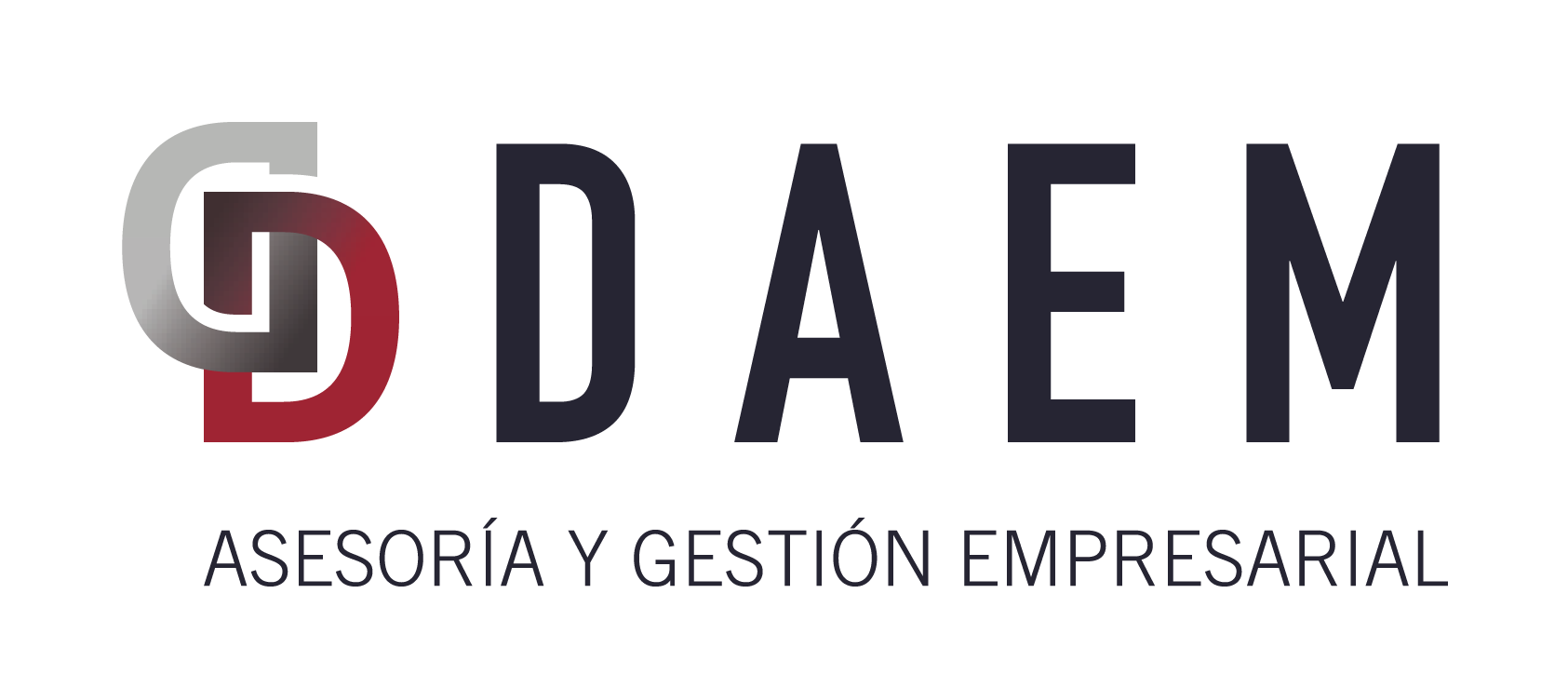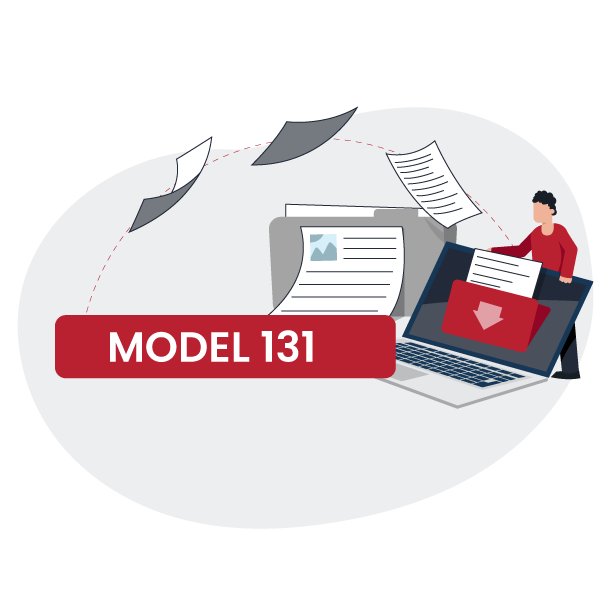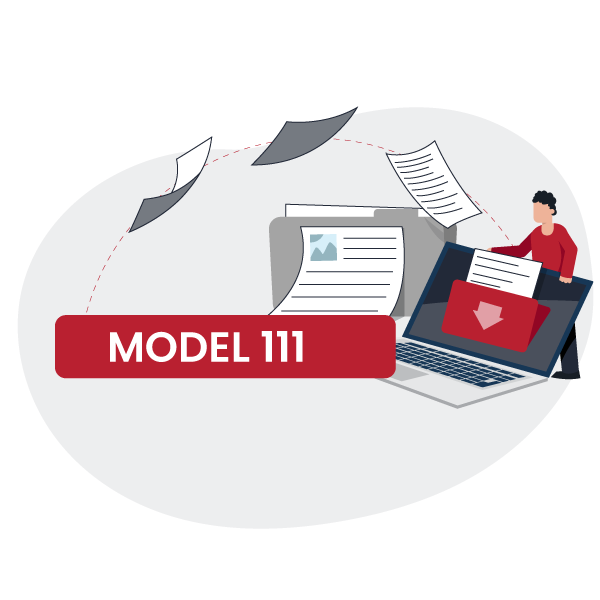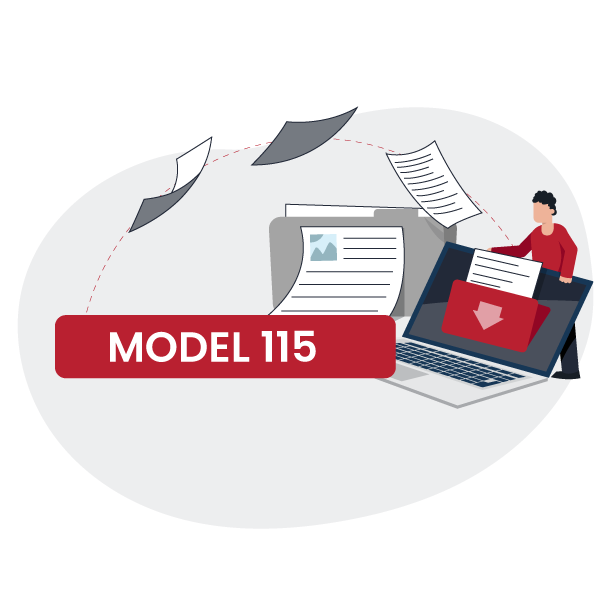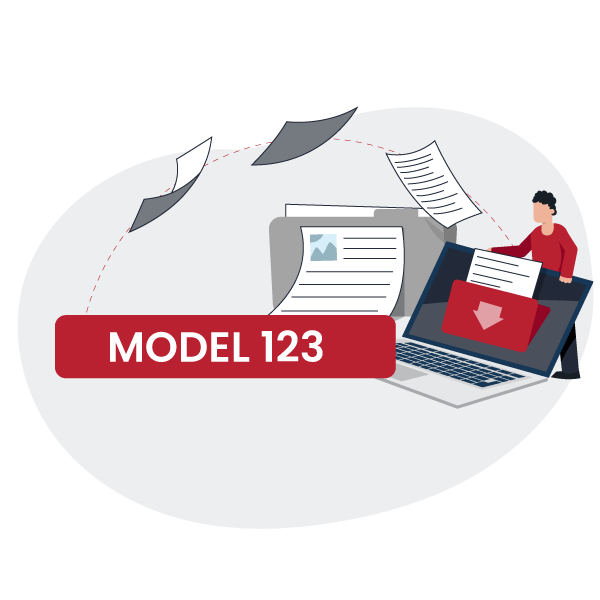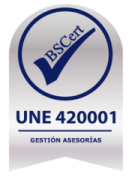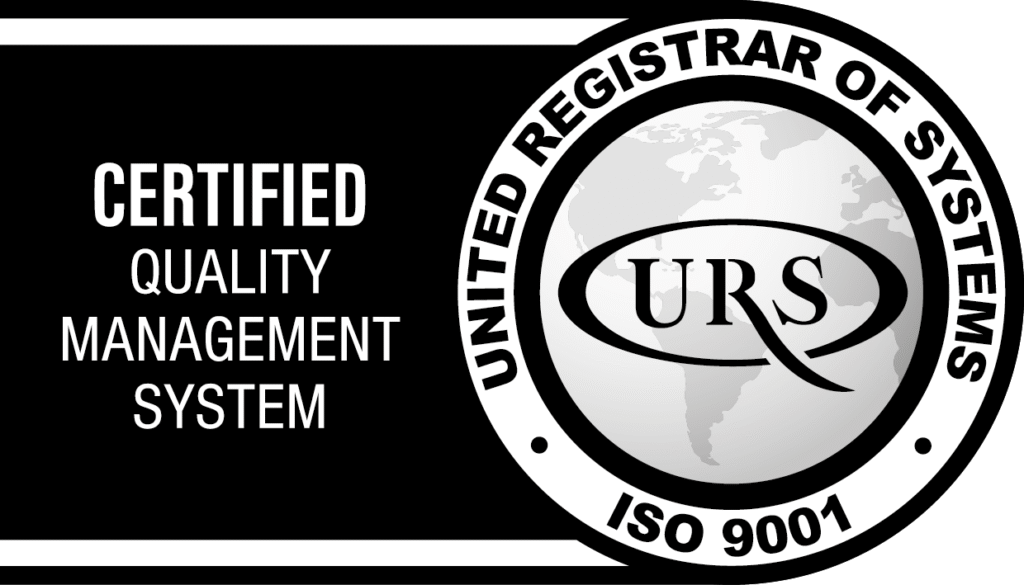If you’re self-employed, you’re almost certainly familiar with this form, as it’s the one many use quarterly to regularize their situation with the Tax Agency. Simply put, it allows you to report how much you’ve earned from your activity and how much you need to pay in advance for Personal Income Tax (IRPF).
In this text, we’ll thoroughly explore Model 130: its definition, submission obligations, deadlines, purpose, whether it allows for postponements, and the consequences of not submitting it on time. For any additional questions, your DAEM tax advisor is available to guide you in correctly submitting your documents and thus avoid potential penalties.
What is Model 130?
Model 130 is an essential tax document from the Spanish Tax Agency. Its purpose is for self-employed individuals to make advance payments of their Personal Income Tax (IRPF). This requirement applies to those operating under the Direct Estimation regime (not the módulos regime) and who are not exempt because they have issued most of their invoices (more than 70%) with withholdings to other companies or self-employed individuals.
In essence, Model 130 is the equivalent for the self-employed of the IRPF withholding applied to an employee’s payslip, corresponding to a fixed withholding of 20% on net income. A key feature of this model is its cumulative nature: each quarter, the data from previous periods are added up, consolidating the annual total in the fourth-quarter submission. Understanding the complexity of this calculation and the need for precision, at DAEM, your advisor handles its completion so you don’t have to worry.
Who is Obligated to Declare Model 130?
Model 130 is mandatory for certain IRPF taxpayers. Specifically, it must be submitted by:
- Those entrepreneurs who are registered in activities considered business-related.
- Self-employed workers who carry out professional activities.
- Individuals who are part of a community of goods.
However, there are exceptions:
- Self-employed individuals who apply withholdings on at least 70% of their annual invoices to companies, other self-employed individuals, and legal entities in Spain.
- Self-employed individuals who are under the Objective Estimation regime (módulos), as in their case they must submit Model 131.
When Should Model 130 Be Submitted?
The submission of Model 130 is a quarterly obligation, to be made within the first 20 business days of each period. This means the deadlines are:
- April 1st to 20th for the first quarter
- July 1st to 20th for the second
- October 1st to 20th for the third
- and January 1st to 30th for the fourth quarter.
If you prefer bank direct debit for payment, note that the deadline is brought forward to April 15th, July 15th, and October 15th, and January 27th.
It’s worth noting that this model does not have an independent annual version, as it functions cumulatively, integrating data from previous quarters into each declaration. The Income Tax Return (Model 100) acts, in practice, as its annual summary.
What is the Purpose of Model 130?
The main objective of Model 130 is for taxpayers to make advance payments of IRPF. This ensures that self-employed individuals and professionals don’t have to face the full payment of their Income Tax all at once at the end of the fiscal year, with the annual declaration. Simultaneously, this system provides the Tax Agency with a continuous source of funding throughout the year. Thus, economic management is optimized for both the taxpayer, by avoiding large sums, and for the administration.
What Are the Consequences of Submitting Model 130 Late?
Submitting Model 130 late implies the imposition of penalties, the magnitude of which will depend on the duration of the delay and whether the infraction is detected by the taxpayer or by the Tax Agency itself.
If you voluntarily correct the error, an initial surcharge of 1% will be applied to the amount to be paid, increasing by an additional 1% for each full month of delay. This means a small delay won’t result in a severe fine. However, if the non-compliance extends beyond one year, the minimum surcharge is set at 15% from the twelfth month onwards.
The situation is more delicate if the Tax Agency notifies you of the non-compliance, as it is considered an infraction. The fines imposed in this scenario are as follows:
- Minor infraction: A penalty of 50% of the unpaid amount.
- Serious infraction: A penalty of 100% of the unpaid amount.
- Very serious infraction: A penalty of 150% of the unpaid amount.
It is fundamental to comply with the submission deadlines for this model. Remember that your tax advisor or manager can help you avoid these situations.
How Can a Postponement for Model 130 Be Requested?
In certain circumstances, it’s feasible to request a postponement for advance IRPF payments, especially if, as a freelancer, you find yourself in a complicated financial situation that prevents you from making the payment. To manage this procedure, you’ll need to submit a request to the Tax Agency and meet some key conditions:
- That the amount of your debt to the Tax Agency does not exceed €50,000.
- Not having incurred previous defaults.
- Being able to justify that the postponement is fundamental for the continuity of your business.
It’s important to know that, when postponing a payment, interest for the delay will be generated, and occasionally, the administration might request guarantees (such as a bank guarantee, a mortgage, or a bond) to ensure the collection of the debt. If this is your case, we can help you with the management of this procedure.
What is the Function of Model 131 and How Does it Differ From or Relate to Model 130?
Model 131 is used by self-employed individuals who operate under the objective estimation regime or módulos to make their fractional tax payments. Its peculiarity lies in the fact that, unlike Model 130 (aimed at self-employed individuals in direct estimation), this form calculates the IRPF advance using pre-established criteria such as the business’s surface area or workforce, instead of actual income and expenses. The two models complement each other, covering the different IRPF taxation modalities for self-employed workers and professionals.
At DAEM, our commitment is to provide accurate and updated tax information in our publications. However, given that tax matters are complex and regulations can change, we want to clarify that, although we strive for the quality of our content, we are not responsible for possible inaccuracies or incomplete data. Therefore, in tax matters, it is always crucial to seek expert advice to address each particular situation.
